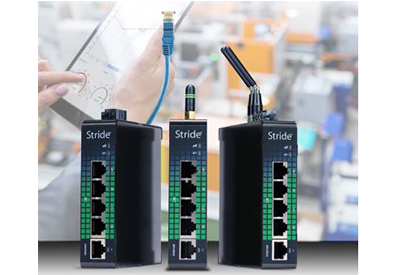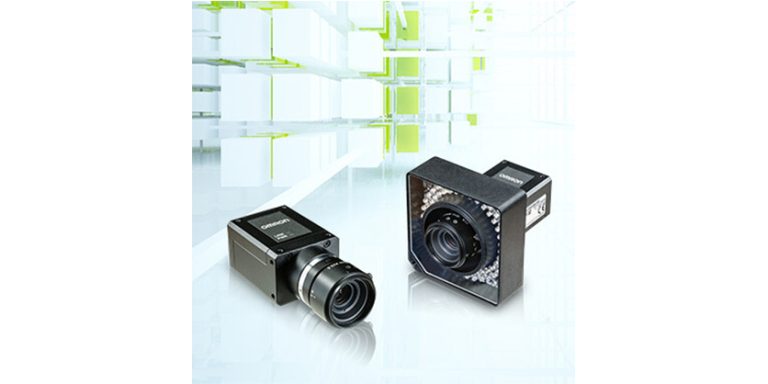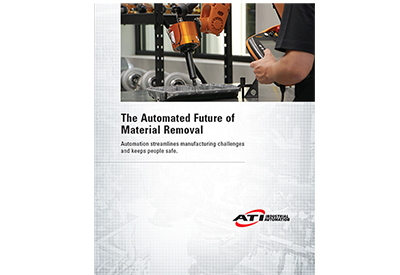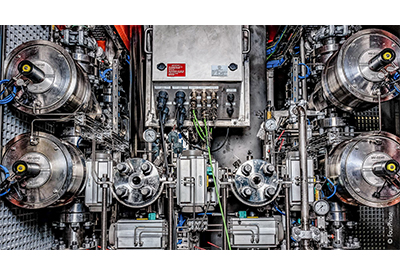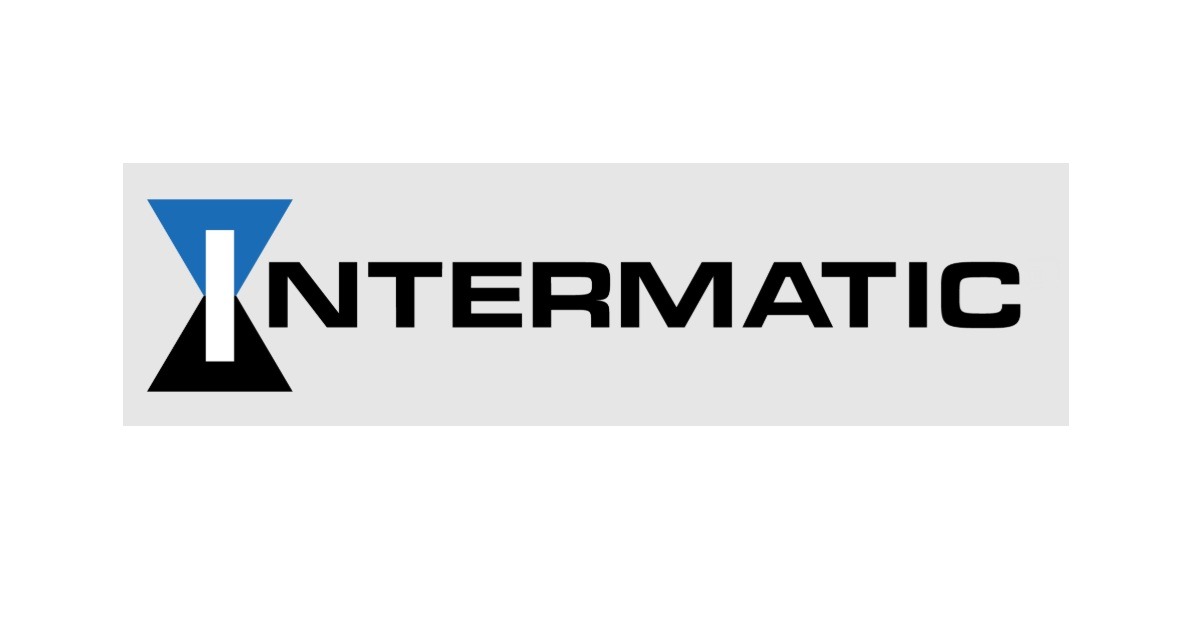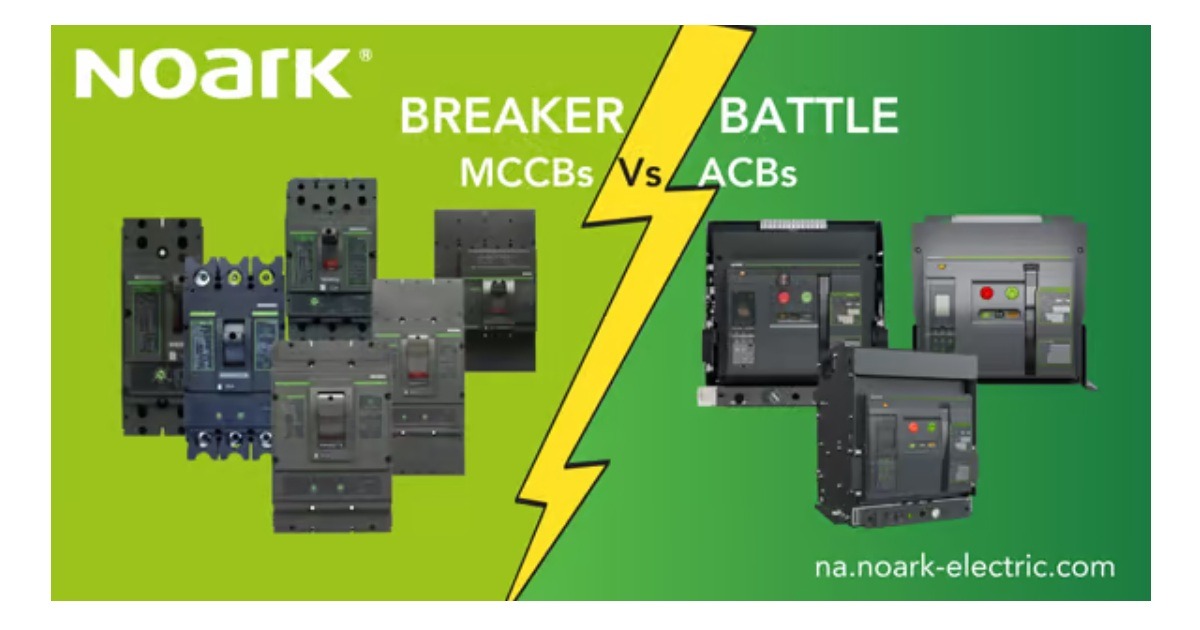Is Your Single-Use Equipment Flexible Enough?

April 14, 2020
By Tim Schmidt, Global Process Marketing Lead, Rockwell Automation
During the past decade, the biopharmaceutical industry has made a rapid shift toward modular plants and single-use technology (SUT). In fact, more than 85% of pre-commercial scale biopharma now relies on SUT – and commercial production is quickly following suit.
Leading biopharma OEMs are well aware of the challenges and opportunities in today’s marketplace. No doubt, you are increasingly asked for ever-more-agile equipment that can meet the demands of new modular plants and their low-volume production – while still being able to easily scale to match commercial requirements.
The truth is, a flexible single-use manufacturing environment begins with you, the equipment supplier. You can increase value to your customer by recommending an automation strategy to support their initiatives – especially when working with new, innovative companies.
But identifying automation solutions that enhance the intelligence and agility of “plug and play,” single-use equipment can be challenging.
The Automation Dilemma
In an industry where speed and flexibility are paramount, the last thing you need is a complex automation platform to slow down your equipment development – or your customer’s integration process.
Indeed, biopharma companies fearing complexity have often removed intelligence from automated single-use equipment. But “dumb” skids delivered without control systems before factory acceptance testing can cause significant coordination and validation challenges in the end.
An additional complication: Not every biopharma company has the same integration strategy for SUT applications. Some are evolving to site-wide orchestration by a traditional distributed control system (DCS). Others may choose systems that give more autonomy to individual machine control platforms. This potential return to an “islands of automation” approach also reduces a biopharma company’s ability to achieve a comprehensive process control strategy – or glean any insights through analytics that can improve their quality and production throughput.
Currently, the industry is working toward bringing more standardization to SUT and plug and play implementation. But in the meantime, you must develop a cost-effective, flexible automation strategy for your single-use equipment that can meet fluctuating paradigms.
How to Choose a Powerful Platform that Takes Flexibility to the Next Level
Automation platforms are rapidly evolving that can simultaneously improve the flexibility and native intelligence of your skids.
How do you evaluate the latest offerings? Here are a few key questions:
- Is the system easy to use and easy to learn?
A system that reduces complexity also decreases the time it takes to develop your equipment – and implement modifications. Just as important, a system that’s easy to adopt lowers the technology hurdle for your customers who may not have extensive automation platform knowledge or support.For example, this powerful control platform includes process-specific objects embedded in the firmware to help enforce design consistency, reduce validation effort – and streamline your work. Integrated automatic hardware diagnostics decrease implementation time. An intuitive HMI also eases equipment monitoring and troubleshooting to keep customers happy.
- Does the control platform run on Commercial Off-the-Shelf (COTS) software?
A system that is based on COTS has been tested for use and can be configured for your needs – without reprogramming. For a regulated industry like biopharma, this means industry-specific process objects embedded in the firmware can be viewed as a “validation-ready” GAMP Category 4 solution (“configurable software” versus “custom software”).Using a system built on COTS can save significant time during initial system development and validation – and also improve system lifecycle management.
- What communication protocols are available?
A control platform that’s built on open unmodified Ethernet can communicate directly with a wide range of controllers and I/O, thereby improving access to information and simplifying skid integration.In addition, this approach is an important step toward simplifying the plug and play connectivity of your mobile equipment and improving changeover times. Both of these benefits can help accelerate customer adoption of your technology.
- Is the entire automation platform scalable?
An automation platform that can manage complex, multivariable production at the clinical stage – and seamlessly scale up to commercial volumes – is critical to successful biologics operations. When evaluating an automation system for your skid, be sure it provides scalable options throughout every aspect of the platform – from controllers and I/O through the HMI, batch process control and analytics.
A truly scalable platform improves the flexibility of your offerings and delivers a “win” for both you and your customers. You can “start small” and apply information-enabled technology incrementally to differentiate your equipment. As your offerings grow, you can easily leverage applications and analytics developed from one system to another.
Finally, a scalable automation platform utilizing open communication protocols enables you and your customers to capture the value of smarter equipment without a major upfront investment in automation infrastructure – and scale as you both grow.

